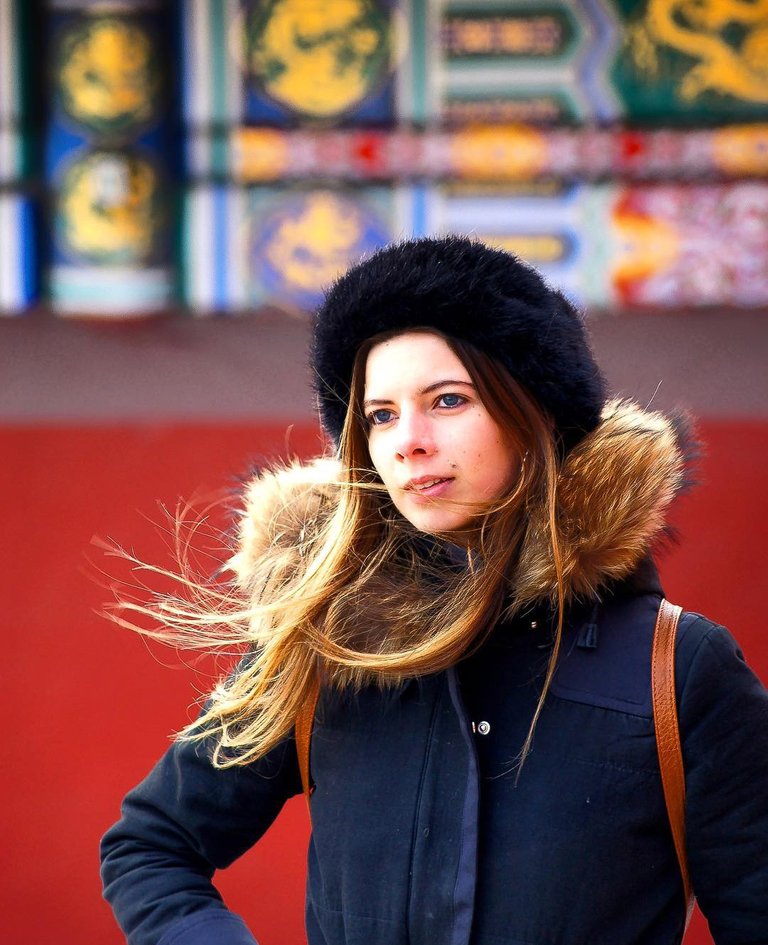
The dress of Tang Dynasty in China
The Qixiong Ru skirt was first seen in the southern and Northern Dynasties, and it was eliminated by history from the Sui, Tang and Five Dynasties until the rise of Neo Confucianism in the Song Dynasty, with a history of about 1000 years. The pottery figurines or paintings unearthed before the Tang Dynasty were mostly of the style of carrying strap. In the Kaiyuan period of the Tang Dynasty, they were fixed under the armpit with lace.
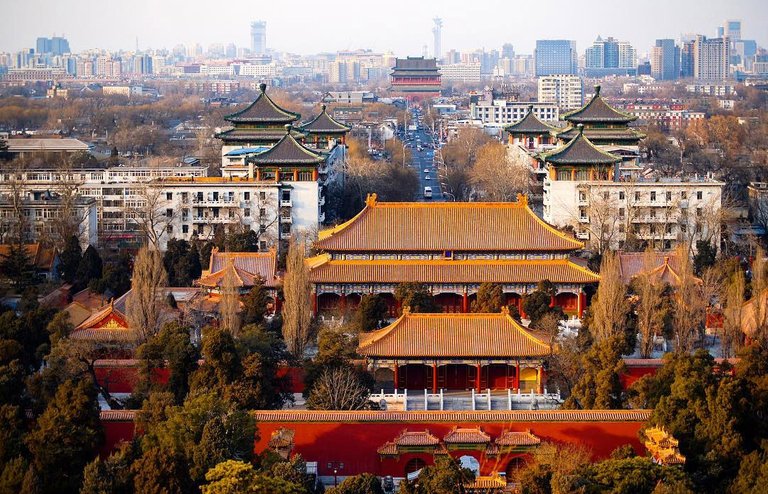
Every time I go to Tiananmen Square, I feel a sense of unease. I feel as if I have committed a heinous crime, even though I know I have not. But my heart was always shaken, and I couldn't help but doubt myself. I often ask myself, "Why do you do something that other people might not like? Why choose a life that goes against the mainstream values? Why do I choose to do something that would be reviled when it is acceptable for anyone to do and even easier to live? All I know is that if I don't do something, if I don't say something, I will be miserable.
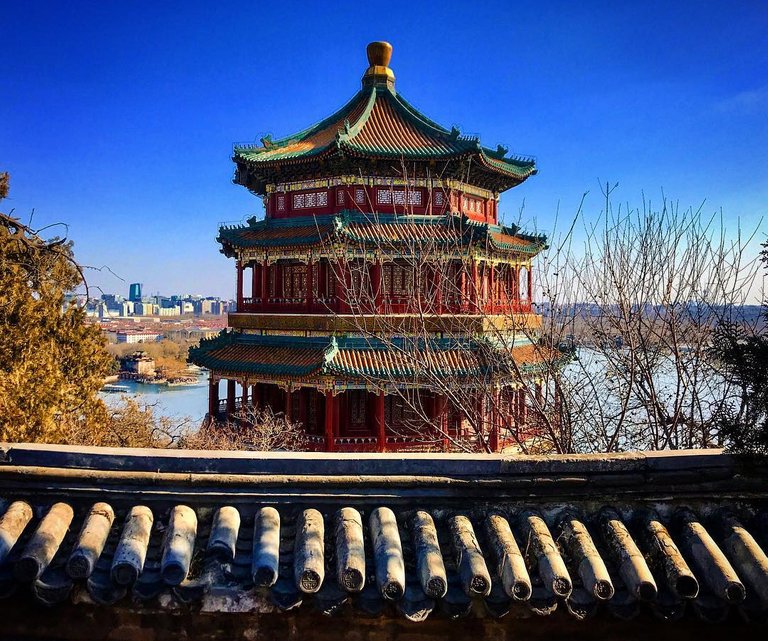
Beijing is a place you love and hate at the same time, free and yet not free, just like my wandering heart, swaying and swaying, unpredictable and unexplained. I don't know who is in charge of this city, I don't know where I fit in among the tens of millions of people, this is my home, but it doesn't feel like my home. I wish I could still hop around like a bird in the street.
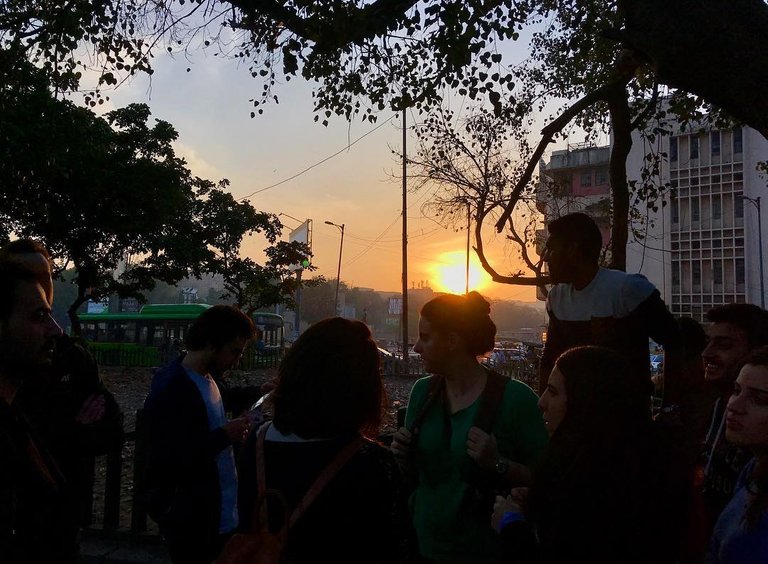
The first time I'd heard the name Chandni Chowk in a bed time story from my grandmother. It was the story of a bygone era. It was a magical place for me with moonlight reflecting on the streets, princes and princesses playing, running in gardens, climbing trees, a place with a lot of toys and games, fruits and candy. This sounded like so dreamy and slowly, while listening to that story of a magical place called Chandni Chowk, I fell asleep.
I was not aware for a long time that Chandni Chowk was actually the main hustling road through which we entered our haveli which I detested owing to the crowd and traffic. For a long time I dreamt of visiting Chandni Chowk, unaware all the while that I actually lived there. I remember being confronted with this truth in school and coming back home crying, while accusing my grandmother of lying to me.
The real Chandni Chowk was bad according to me, with no trees or gardens but lines of cramped markets, no royalty but haggling vendors and rickshaw walas. Not to mention the constant heat and blowing horns which got on my nerves whenever I stepped out. My grandmother smiled and said you'll not understand this now and gave me a glass of faluda to quieten me.Later in high school when I read about the history of Chandni Chowk and saw pictures of big lanes and gardens, I finally understood what my grandmother was saying.
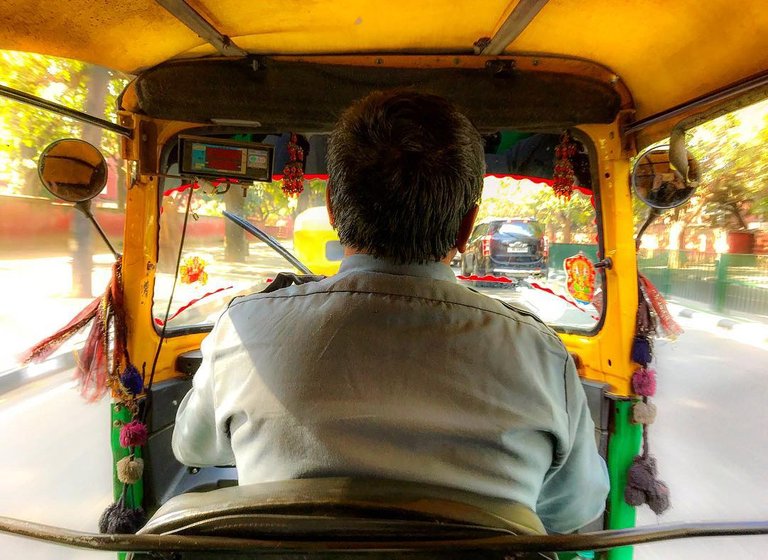
I request all of you who are reading this post to take a moment and forget the chandni chowk with crowded markets, small lanes, hidden corners, unhygienic streets, small shops etc. and allow me to guide you to a time when it was so beautiful that we can only imagine currently.The lane of Chandni Chowk in the old city of Delhi was laid out by Princess Jahanara Begum. The water from the. Nehr-e-Bahisht in Red Fort used used to flow in the middle of Chandni chowk and when seen from the Red Fort, the water used to reflect the moonlight and thus the lane in front of the Red Fort got the name Chandni Chowk.I sometimes wonder how it would be if we still continued to live in those times. Does the same thought cross your mind too as you read this?.
Photos EOS 4000D.